ESP – ENG
The wall of shame, the wall of death
Context
Western Sahara is a disputed territory. It was invaded by Spain in 1884-1885, then split between Morocco and Mauritania with support from Madrid and other western powers. The Sahrawis, the legitimate people of these lands, were displaced, with a bloody war breaking out in 1975. Morocco currently occupies illegally most of the Western Sahara territory, and its most important control weapon is the world’s longest military wall, the wall of shame.
Wall construction
During the war, in spite of large numerical and weapon advantages, the Moroccan army suffered a string of military setbacks. As a result, King Hassan II of Morrocco, with Israeli support and French and American advice, begins the construction of the wall. It was buil in six stages, the first starts in 1982 and the last in 1987.
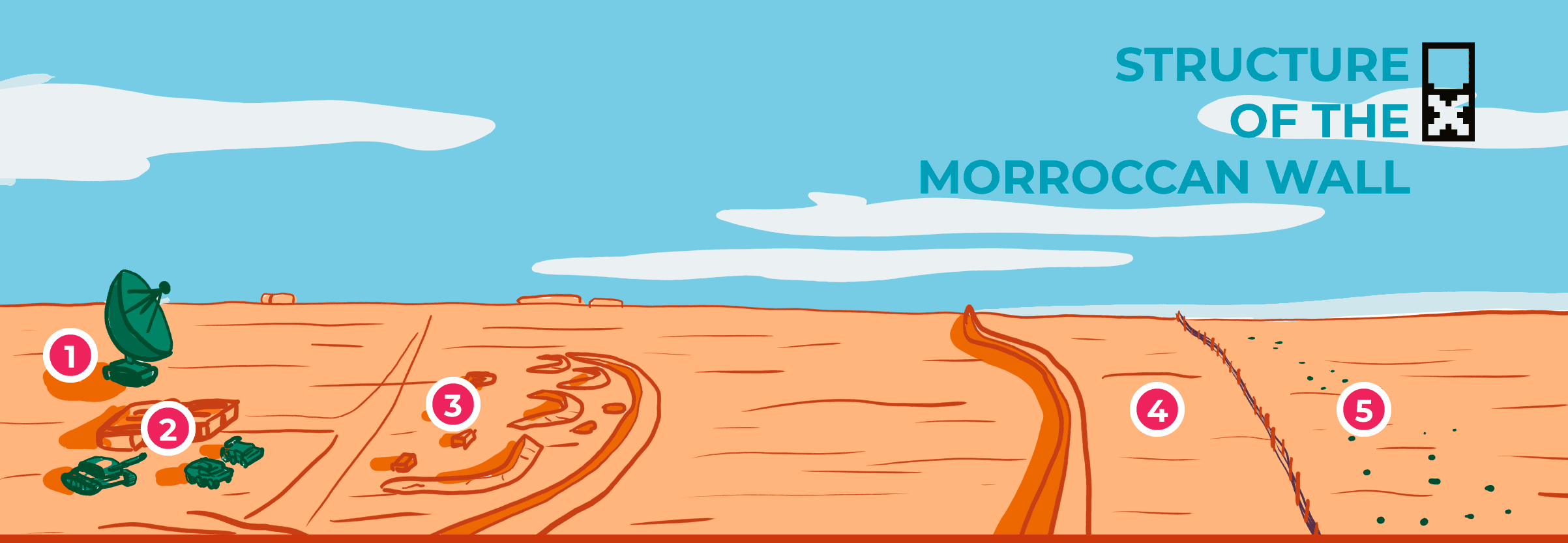


Military telecomms. The Moroccan army has fixed and mobile radar units with 60-80 km reach around the wall.

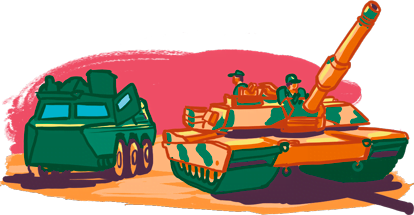
Armored support. 4 km from each base there is a post occupied by a fast, mobile unit (with armored vehicles, tanks, etc.)

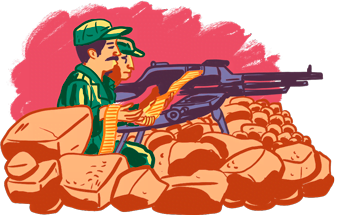
Military bases. Every 5 km there is a military base with approximately 100 soldiers and artillery batteries.

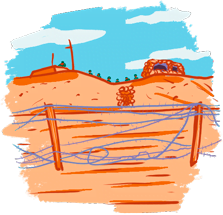
Military personnel and equipment. Protected by bunkers, trenches, parapets, ditches and electronic surveillance. Some 180,000 soldiers man the wall, as well as combat airplanes and tanks.

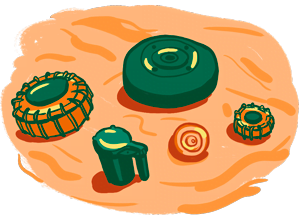
Minefields. An area with 7 million anti-personnel mines runs along a 2 km strip alongside the wall.


Wall costs. The morroccan regime invests around 4.6% of it’s GDP for it’s maintanance. US $2 million a day and rising.
Western Sahara Map
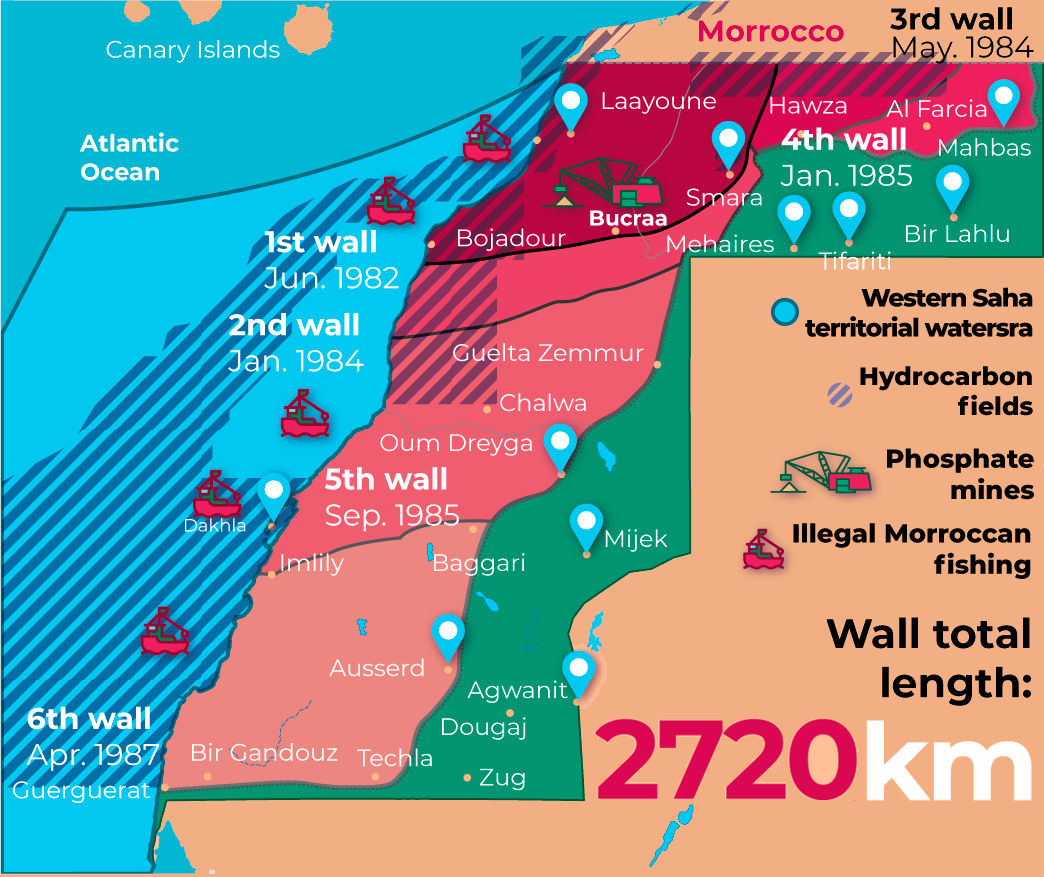
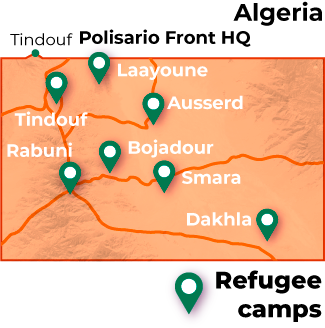
Around 200,000 Sahrawis live as refugees in the Algerian region of Tindouf, split into six wilayas. The Sahrawi Arab Democratic Republic and the Polisario Front have their headquarters in Rabuni.
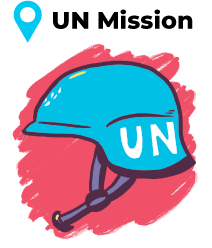
From 1991, with the UN-brokered ceasefire between Morocco and the Polisario Front, the United Nations Mission for the Referendum in Western Sahara (MINURSO) was established, to ensure the accords are respected. It has posts on both sides of the wall.
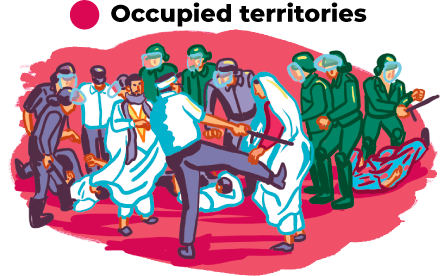
In the large territory occupied by Morocco, the Sahrawi people suffer systematic physical and psychological repression, living in a giant prison that threatens their society and culture, while kept apart from relatives in other occupied areas.
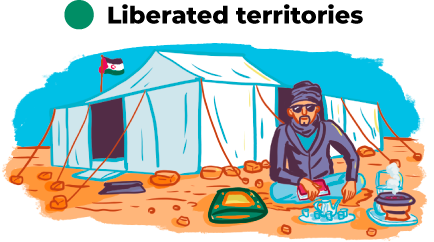
The Western Sahara areas under the control of the Polisario Front house around 80,000 people, who have been affected by the wall and the large amount of anti-personnel mines which put them in danger.
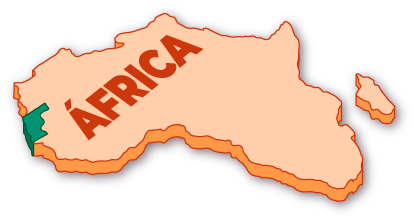
Natural resources
The main purpose of the Moroccan occupation is control over the phosphate mine in Bucraa, Western Sahara’s maritime waters, with its vast fishing opportunities, as well as other resources such as uranium, lead, natural gas, oil, zinc, titanium, gold and agricultural areas.
The exploitation of these resources is what allows the Moroccan regime to bear the high maintenance costs of the wall.
Environmental impact
The way in which the wall has been built causes deep changes to the earth’s structure, making it more vulnerable to erosion and water stagnation. It affects the natural river flow, worsening the desertification of the area, affecting animals and plants, as well as unleashing long term consequences in the regional ecosystems.
Security impact
Some sources denounce that the Moroccan military has engaged in smuggling contraband and dug trafficking, while illegal immigration to and from occupied territories also cause instability in the region.
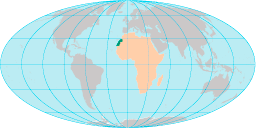
For detailed info on Western Sahara, download and share the printable version (in both english and spanish) of this infographic, in full color and tabloid format (432 x 279 mm), follow this link.
Research, artwork and illustrations: César Mosquera / Translation: Ricardo Vaz
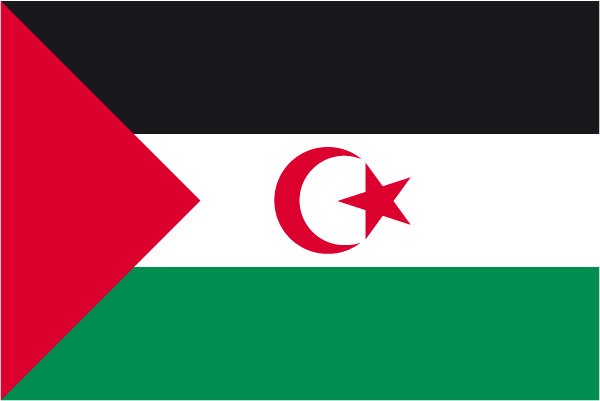
Free Western Sahara!
Sources:
Interviews in the Tindouf Sahrawi camps. To find out more take a look at the article Utopix in the Venezuelan Solidarity Brigade alongside the Sahrawi people.
https://fanack.com/morocco/history-past-to-present/the-end-of-spanish-rule-in-the-sahara/
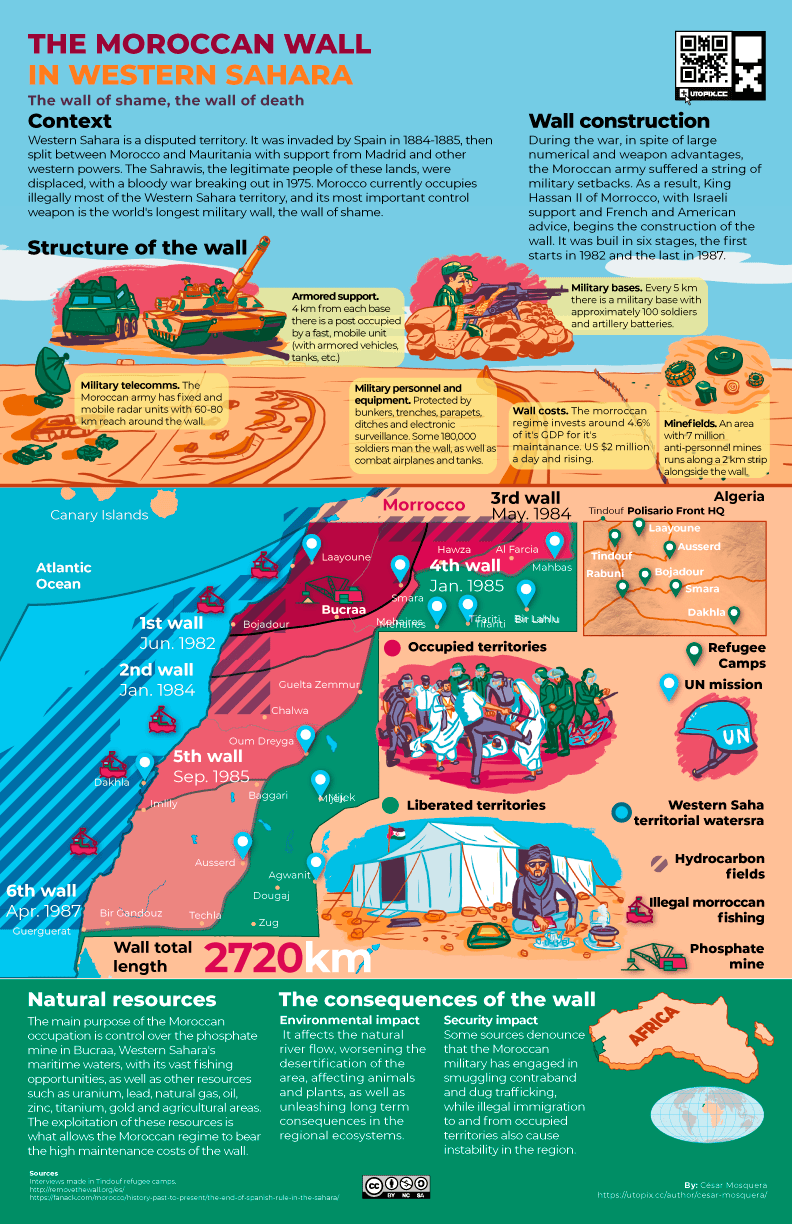
possiamo tradurla in italiani?
Hola Nadia, por favor escríbenos a [email protected] si puedes apoyarnos con la traducción.